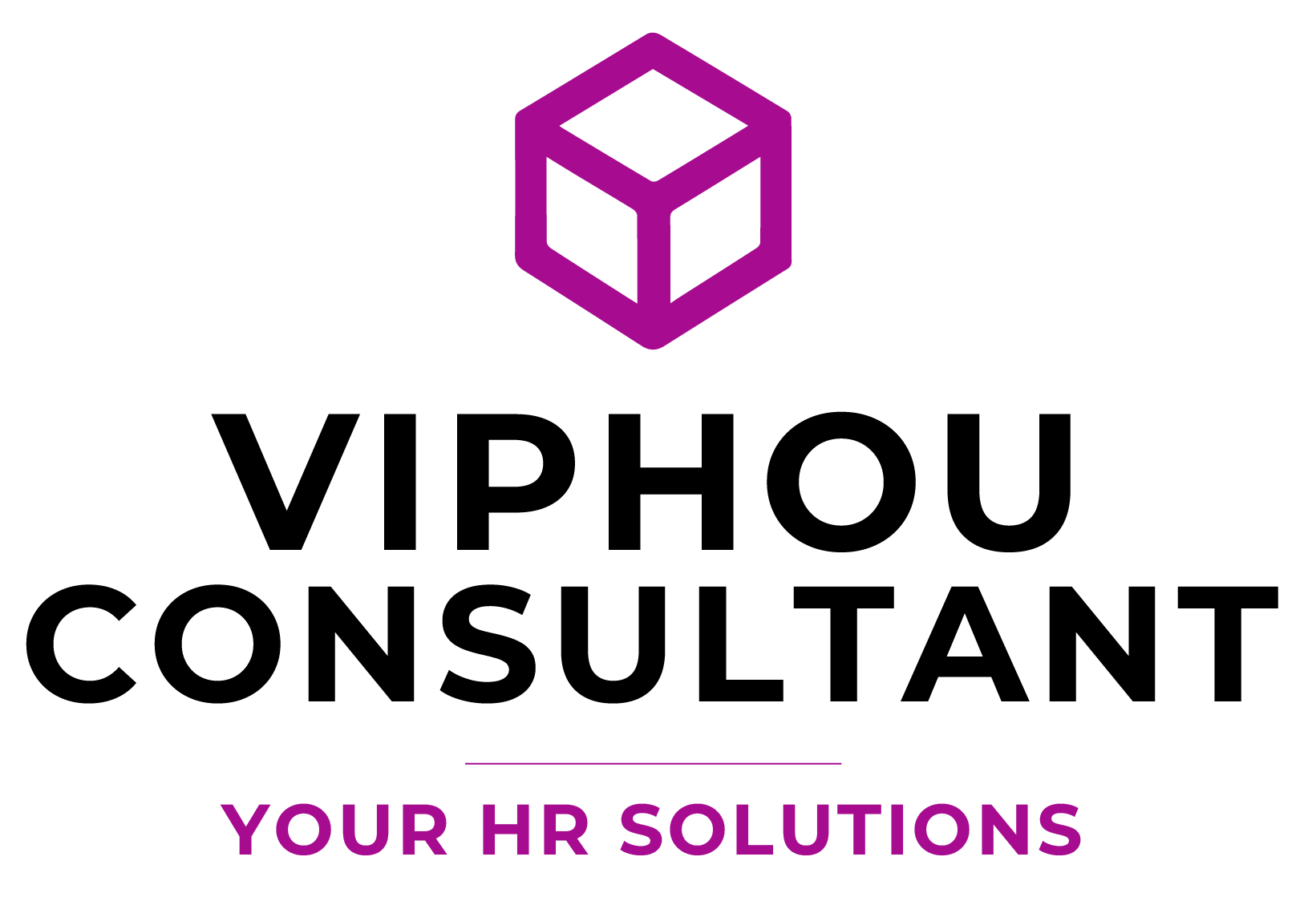Developing the Personal Development Plan
A personal development plan (PDP) is a structured and strategic approach to self-improvement. It is a roadmap that outlines your goals, identifies areas for growth, and sets out the steps you need to take to achieve personal and professional development.
The importance of a personal development plan lies in its ability to provide direction, focus, and motivation. Here are some key reasons why having a PDP is important:
- Clarity of goals: A PDP helps you define and clarify your goals. It allows you to identify what you want to achieve and why it is important to you. This clarity helps you stay focused and motivated, making it easier to make progress towards your objectives.
- Self-awareness: A PDP encourages self-reflection and self-awareness. It helps you understand your strengths, weaknesses, skills, and areas for improvement. This self-awareness is crucial for personal growth and enables you to make informed decisions about your development.
- Structured approach: A PDP provides a structured approach to personal development. It breaks down your goals into smaller, manageable steps, making them more achievable. It helps you prioritize tasks, set deadlines, and allocate resources effectively.
- Skill development: A PDP helps you identify the skills you need to develop or enhance to achieve your goals. It guides you in seeking appropriate resources, such as courses, workshops, or mentors, to acquire those skills. This intentional focus on skill development enhances your professional and personal capabilities.
- Motivation and accountability: A PDP serves as a source of motivation and accountability. It keeps you motivated by reminding you of your goals and the progress you have made. It also holds you accountable for taking action and making consistent efforts towards your development.
- Adaptability and growth: A PDP is flexible and adaptable. It allows you to adjust your goals and action plan as you grow and evolve. It encourages continuous learning and development, enabling you to adapt to changing circumstances and seize new opportunities.
- Personal fulfillment: Ultimately, a PDP helps you lead a more fulfilling life. It enables you to align your actions with your values, passions, and aspirations. By actively working towards personal growth and achieving your goals, you experience a sense of fulfillment and satisfaction.
In summary, a personal development plan is important because it provides clarity, self-awareness, structure, motivation, skill development, adaptability, and personal fulfillment. It empowers you to take control of your growth and make progress.
Setting a personal development plan involves several steps. Here’s a guide to help you get started:
- Self-reflection: Begin by reflecting on your current strengths, weaknesses, skills, and areas for improvement. Consider your personal and professional goals, values, and aspirations. Identify what you want to achieve and why it is important to you.
- Set specific goals: Based on your self-reflection, set clear and specific goals that align with your aspirations. Ensure that your goals are specific, measurable, achievable, realistic, and time-bound. Break them down into smaller, manageable steps to make them more achievable.
- Identify areas for development: Determine the areas where you need to develop new skills or enhance existing ones to achieve your goals. This could include technical skills, communication skills, leadership abilities, or personal qualities like resilience or time management.
- Research and gather resources: Explore various resources that can help you in your personal development journey. This could include books, online courses, workshops, mentors, or professional networks. Look for resources that align with your goals and will provide you with the knowledge and skills you need.
- Create an action plan: Develop a detailed action plan that outlines the steps you will take to achieve your goals. Break down each goal into smaller tasks and set deadlines for completion. Prioritize your tasks and allocate time and resources accordingly.
- Seek support: Identify individuals who can support and guide you in your personal development journey. This could be a mentor, coach, or a supportive friend or family member. Share your goals and action plan with them, and seek their advice and feedback regularly.
- Monitor progress: Regularly review your progress against your goals and action plan. Assess what is working well and what needs adjustment. Celebrate your achievements and make necessary changes to stay on track.
- Continuously learn and adapt: Personal development is an ongoing process. Stay open to new opportunities, challenges, and feedback. Continuously seek new knowledge and skills, and adapt your plan as needed to align with your evolving goals and aspirations.
Remember, personal development is a lifelong journey, so be patient and persistent. Stay committed to your plan and make adjustments as necessary to ensure you are growing and progressing towards your goals.



